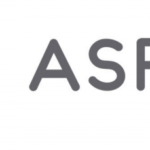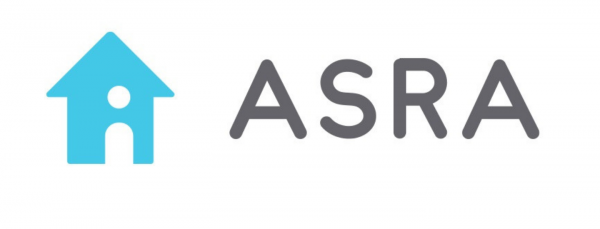
Fire safety in Purpose-Built Student Accommodation (PBSA) remains a critical priority, and staying ahead of emerging risks is essential to safeguarding residents. One of the most pressing concerns in recent years has been the increasing risk posed by lithium-ion batteries. These batteries power devices we use every day, from e-scooters and laptops to phones and power tools. However, when not handled or stored correctly, they present a significant fire hazard.
Lithium Battery Fire Risks
John Burwell, National Account Manager, attended the Anticipate London FM Show and shared some eye-opening statistics. According to the London Fire Brigade, nearly 600 lithium battery-related fires occur each week, many of them linked to e-scooters and bikes.
While many university campuses have policies that restrict or prohibit e-scooters, they remain a common sight around PBSA properties. Additionally, lithium batteries are found in numerous other devices, meaning the risk extends beyond banned items.
What makes these fires so dangerous? Lithium battery fires don’t behave like regular fires, making them difficult to extinguish and prone to re-ignition. Thankfully, new solutions like specialised fire extinguishers and high-temperature-resistant fire blankets are now available, offering a much-needed layer of protection.
Fire Safety Act 2021 and PBSA Compliance
It’s not just about tackling new risks; we also need to keep up with fire safety legislation. The Fire Safety Act 2021 introduced several important updates, including:
- Extending fire safety regulations to include external walls, balconies, and common areas.
- Strengthening fire risk assessments to consider building design, materials, and how residents use the space.
- Encouraging closer collaboration between building owners and those responsible for fire safety to ensure full compliance.
These updates underline the importance of maintaining robust safety measures that adapt to both legislative changes and real-world challenges.
We’re committed to staying ahead of these changes, combining the latest innovations with a proactive approach to fire safety. By doing so, we can create safer and more secure homes for students.
Author: Amy Daniels, Marketing Executive







